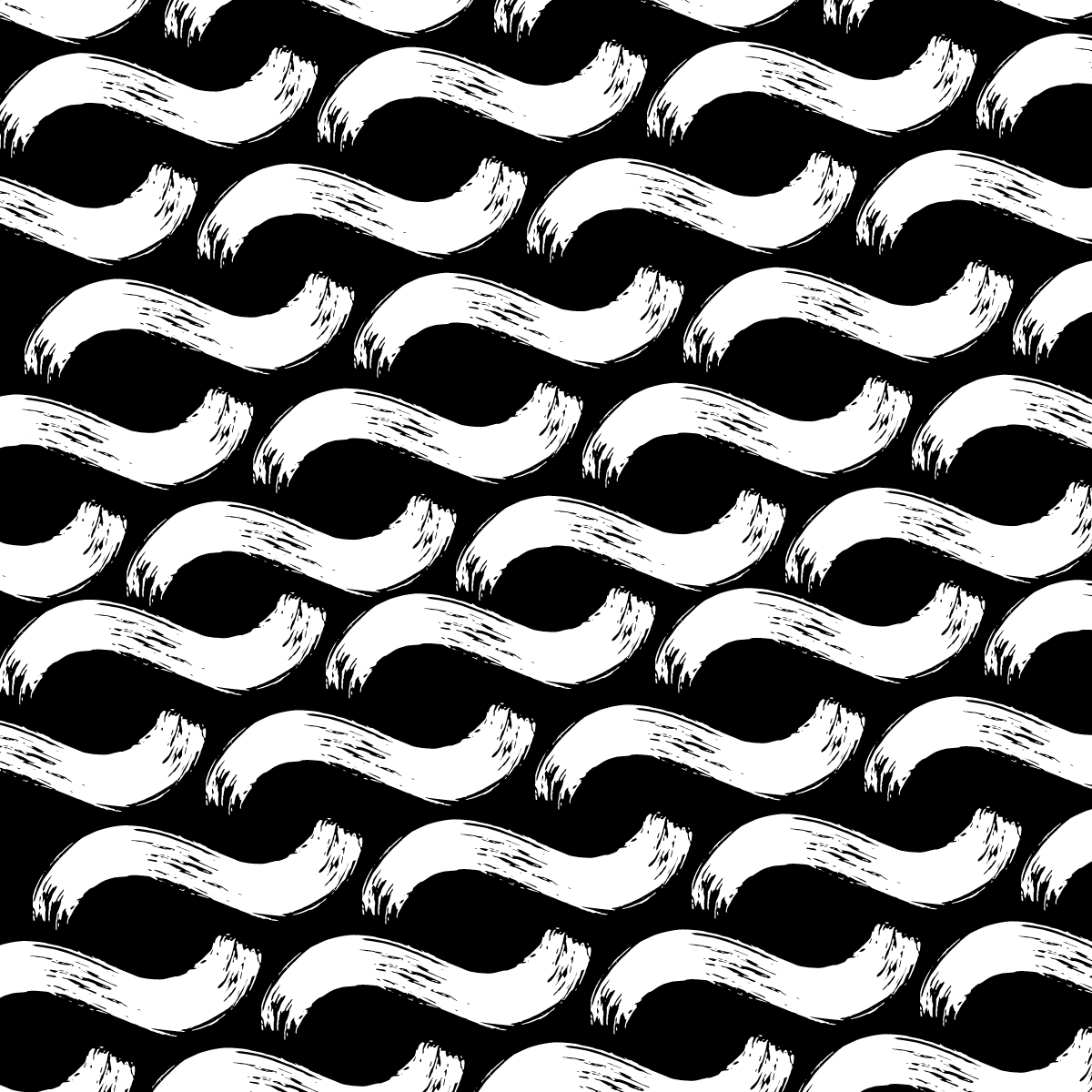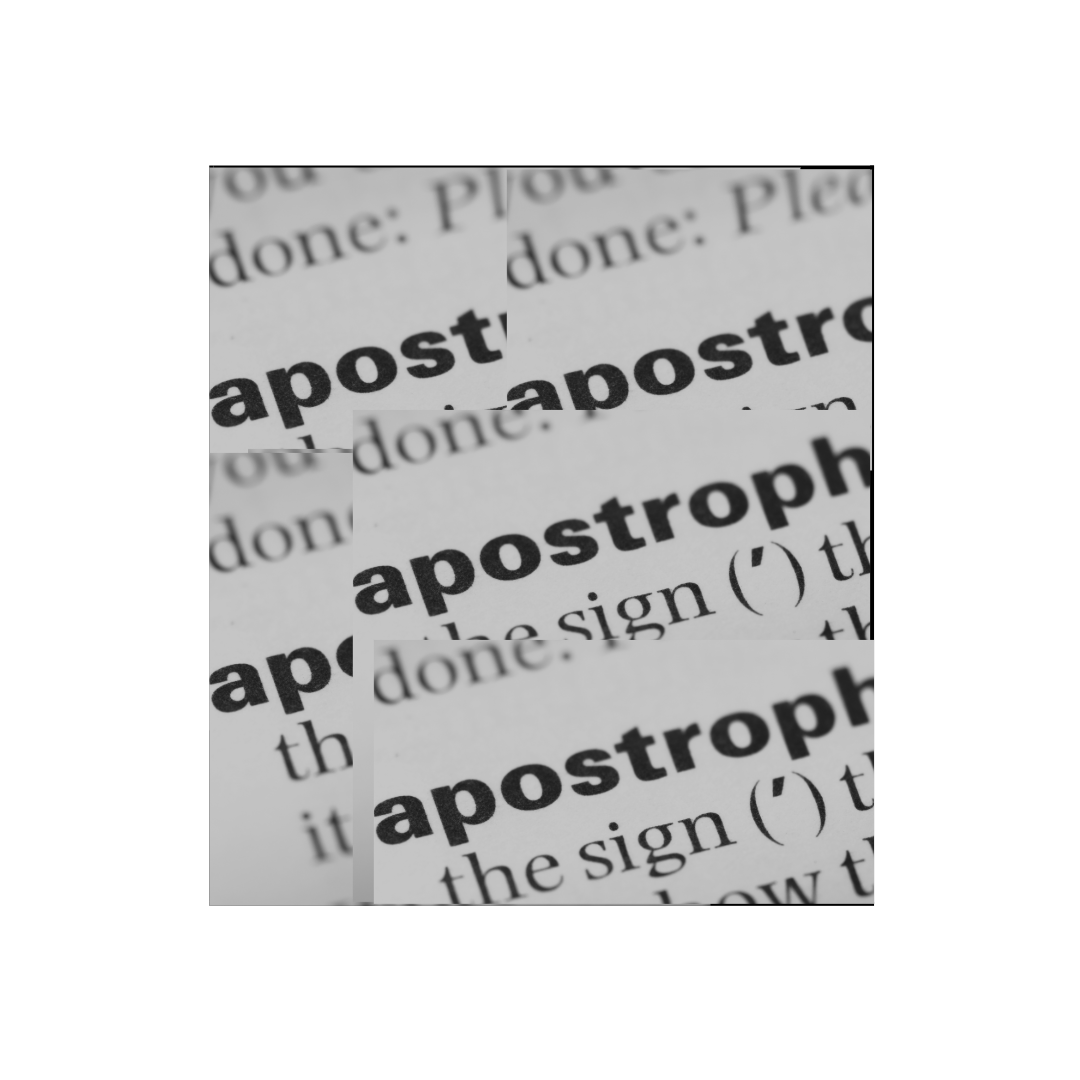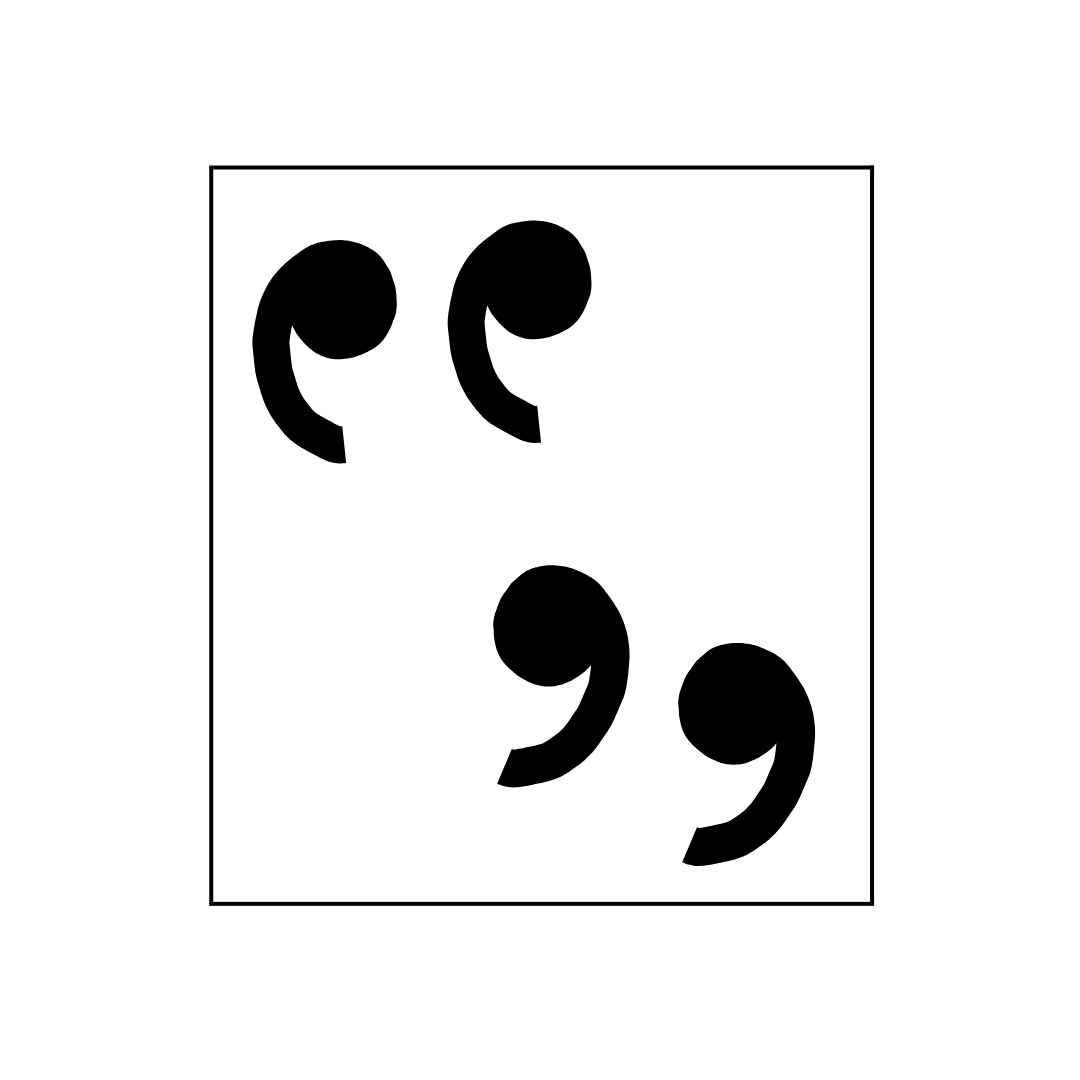Parts of Speech
Parts of Speech
Many words can function as multiple types, depending on the sentence, their placement within it and the context.
Below is a short primer of the words that make up a sentence.
NOUNS
refer to names: people, things or places. They are easily recognisable when replacing them with ‘it’ or ‘something’ within a sentence.
Melbourne, building, doctor, happiness, shoes, furniture, herd
verbs
are words of action, being and possession. In a sentence, it is normally the main event that is occurring.
run, dance, eat, love, believe, go
pronouns
identify people and objects in the same way as nouns. They can also show ownership or possession of another noun.
it, he, she, they, ours, someone, who, which, that, this, each other
adjectives
tell us more about a noun or pronoun. They can describe the possession, number, size, quality, texture, age and colour of the noun or pronoun.
Big, beautiful, young, yellow, expensive, Australian, round
adVERBS
tell us more about the verb. They inform the reader of the how, when, where, why and extent of the action described by the verb.
Quietly, sometimes, enormously, cheerfully, occasionally
prepositions
show the relationship between groups of words in a sentence. They normally indicate a relationship in space or time.
of, with, at, from, into, during, until, upon, amongst
conjunctions
join words and phrases together. They are used to link two sentences that could also operate individually. They are broken into two sections: coordinating and subordinating.
and, but, because, for, or, so
articles
determine the number and specificity of a noun.
a, the
subjects and objects
Mum gave Lucy some chocolate.
‘Mum’ is the subject. ‘Gave’ is the finite verb.
Chocolate is the direct object, as it is the recipient of the subject’s (Mum’s) action.
Lucy is the indirect object as she is not the primary object, but is still affected by the action.
Put simply, a clause is a group of words that contain both a subject and a verb. There are two types of clauses.
The first can stand alone as a sentence and maintain meaning, and is called a principal clause.
I ran.
The second, a subordinate clause, cannot stand alone. It cannot function as an individual sentence; it often relies on a principal clause for its full meaning.
I ran to get out of the rain.
The subordinate clause often modifies or builds upon the principal clause in some way. There are three main ways that this modification occurs.
Adjectival Clause
An adjectival clause describes the subject of the principal clause. It normally begins with a relative pronoun—who, whom, whose, which, that—to link it with the subject of the principal clause.
Jamie, who owns the white hatchback, gave me a lift.
Adverbial Clauses
An adverbial clause answers an adverbial question in relation to a verb within the principal clause. It explains when, where, why, how or to what extent the verb occurred.
They went and sat by the window after ordering drinks.
Noun Clauses
A noun clause is able to function in place of a single word noun. Often the noun clause can be replaced with the word ‘it’ and the sentence will still make sense.
Which drink he ordered depended on his mood.
(It depended on his mood.)
A simple sentence is one made up of a single principal clause, or one that features only one subject and finite verb pair.
I like coffee.
A compound sentence is the joining of two principal clauses of equal importance.
I like coffee, but I prefer tea.
A complex sentence features at least one principal clause and at least one subordinate clause. Subordinate clauses can be connected to the principal clause with a subordinate conjunction, a comma or even a dash.
I like coffee but make it weak, because I prefer tea.
clauses
phrases
Phrases are groups of words that do not make sense on their own, as they do not contain a subject and a finite verb.
at the end of the aisle.
This is a phrase as there is no subject or finite verb. Who/what is at the end of the aisle? What is being done at the end of the aisle?
standing at the end of the aisle.
This is still a phrase. There is now a verb in the sentence, but without a subject it cannot be a clause.
We still do not know who/what is at the end of the aisle, but we now know that it is standing.
I was standing at the end of the aisle.
Now a subject has been added to the phrase, so it has become a clause (and a simple sentence as it can stand alone and still make sense).
We know that there is a subject (I) performing an action through a finite verb (standing).
Prepositional Phrases
A prepositional phrase usually begins with a preposition and ends with a noun. They describe the object of the prepositional phrase.
Remember: A preposition typically informs the space or time of a noun.
The score in the last quarter closed considerably.
The above is an adjectival prepositional phrase as it describes the first noun (the score). The prepositional object is quarter.
We walked past the lake.
This is an adverbial prepositional phrase, as it describes where the action of the verb occurred (walked).
The prepositional object is the lake.
Verbal Phrases
Verbal phrases are phrases that contain a principal verb. There are three subcategories of verbal phrases: infinitive, gerund and participial. Like prepositional phrases, these can all also function as nouns, adverbs and adjectives.
Infinitive
These function in much the same way as finite verbs, as they commonly begin with the word ‘to’ and have no number, person, tense or aspect.
To unwind is an important part of my evening.
This is a noun infinitive phrase that functions as the subject of the sentence.
There is a spot for Gladys to sit.
This is an adjectival infinitive phrase, where the phrase is describing the noun (‘spot’).
I came here to see a movie.
This is an adverbial infinitive phrase, where the phrase describes why the verb (‘came here’) occurred.
Gerund
A gerund is a present participle verb (a verb ending in ‘-ing’) that acts as a noun.
I find running relaxing.
A gerund phrase, then, begins with a gerund and is followed by a group of words, all of which serve as a noun.
I find running in the afternoon relaxing
Subsequently, gerund phrases can only be noun phrases and not adjectival or adverbial.
Participial
Participial phrases begin with a present participle (‘-ing’) or past participle verb (‘-ed’) and function solely as adjectival phrases.
Without the context of the larger sentence, gerund and participial phrases are often indistinguishable. Their function in a sentence is what separates them from each other.
Filing the report was the next goal.
This is a gerund phrase; it functions as the subject of the sentence. The subject can only be a noun or pronoun so, even though the present participle can make it appear as a participial phrase, it is actually a gerund.
Arriving late, Lachlan had to park far from the entrance.
This a participial phrase, as it describes the subject of the sentence (‘Lachlan’).
When using any verbal phrase remember to use it next to the subject it describes to avoid dangling modifiers.
Squeaking loudly, Siobhan took a backrow seat.
When placed beside the wrong subject a verbal phrase can have confusing (and often humorous) results. In the above example, is Siobhan squeaking on her way to take a seat? It is, of course, supposed to be her seat that squeaks loudly.
The problem is easily fixed by moving the phrase next to the subject it modifies.
Siobhan took a backrow seat, which squeaked loudly.







